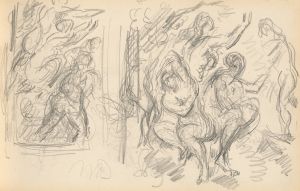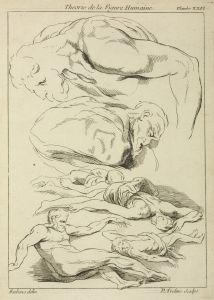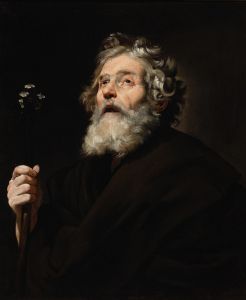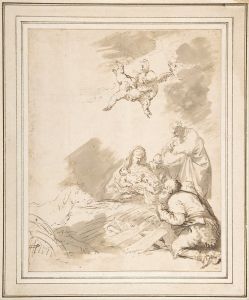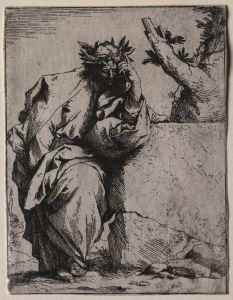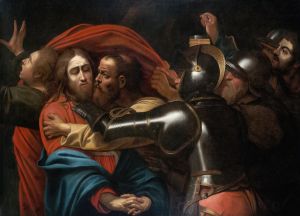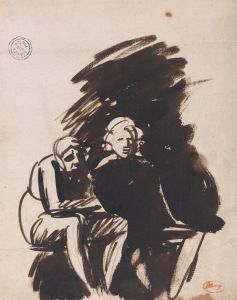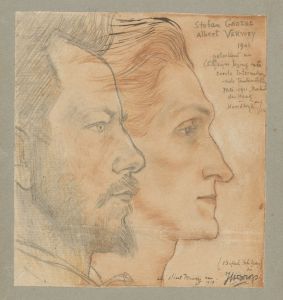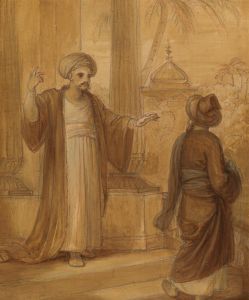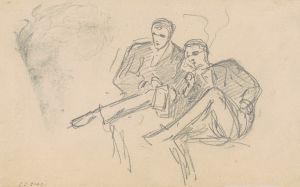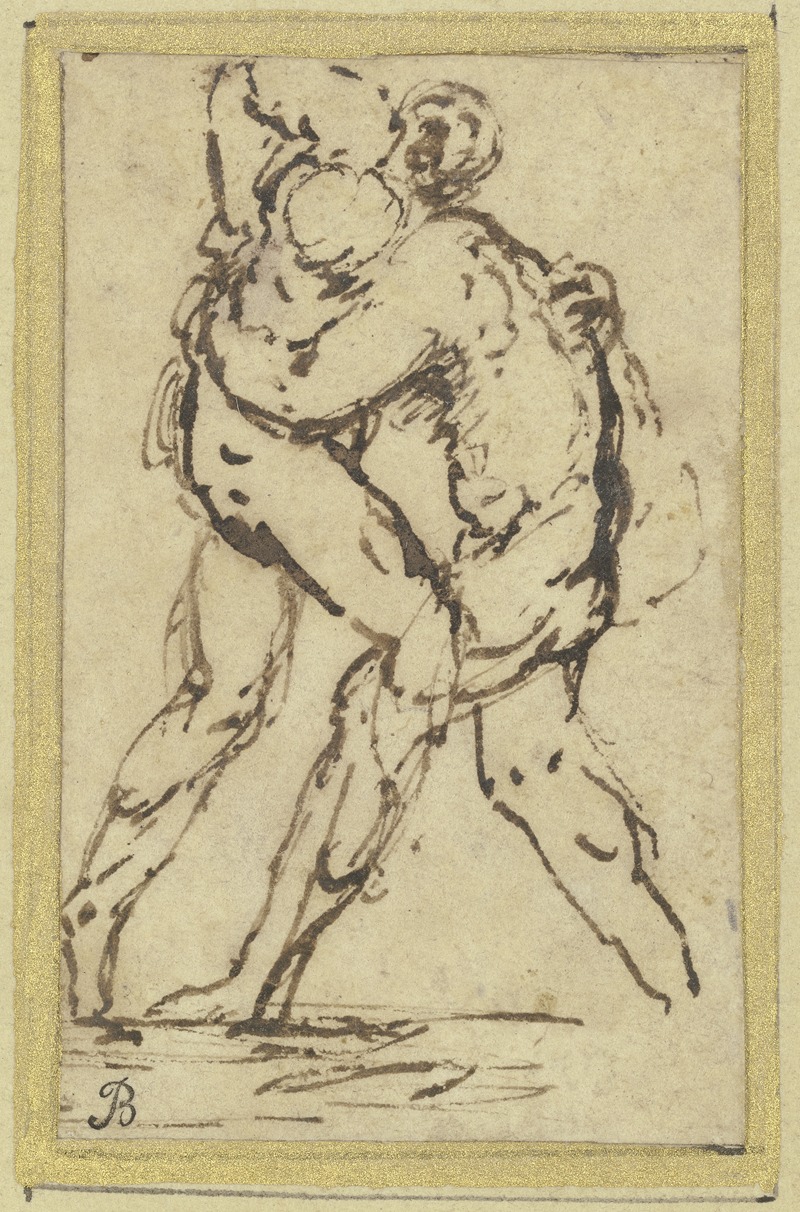
Studies of Wrestlers
A hand-painted replica of Jusepe de Ribera’s masterpiece Studies of Wrestlers, meticulously crafted by professional artists to capture the true essence of the original. Each piece is created with museum-quality canvas and rare mineral pigments, carefully painted by experienced artists with delicate brushstrokes and rich, layered colors to perfectly recreate the texture of the original artwork. Unlike machine-printed reproductions, this hand-painted version brings the painting to life, infused with the artist’s emotions and skill in every stroke. Whether for personal collection or home decoration, it instantly elevates the artistic atmosphere of any space.
"Studies of Wrestlers" is a painting attributed to the Spanish artist Jusepe de Ribera, who was an influential figure in the Baroque movement. Ribera, also known as José de Ribera, was born in 1591 in Spain but spent much of his career in Italy, particularly in Naples, where he became a leading painter of the Neapolitan school. His work is characterized by its dramatic use of light and shadow, a technique known as chiaroscuro, and his intense realism.
The painting "Studies of Wrestlers" is a compelling example of Ribera's skill in capturing the human form and his interest in dynamic compositions. Although specific details about the creation of this work are limited, it is believed to have been completed during Ribera's mature period, when he was deeply engaged with themes of human struggle and physicality. This period of his career is marked by a series of works that explore the human body in motion, often with a focus on muscular tension and the play of light across flesh.
"Studies of Wrestlers" depicts two male figures engaged in a wrestling match, their bodies intertwined in a complex and vigorous pose. The painting showcases Ribera's mastery in rendering anatomical details and his ability to convey the physical exertion and intensity of the wrestlers' struggle. The figures are portrayed with a high degree of realism, emphasizing the artist's interest in the human condition and the physicality of the human body.
Ribera's work often reflects the influence of Caravaggio, particularly in its use of dramatic lighting and realistic depiction of subjects. In "Studies of Wrestlers," the use of chiaroscuro enhances the three-dimensionality of the figures, highlighting their muscular forms and creating a sense of immediacy and tension. This technique also serves to focus the viewer's attention on the central action of the composition, drawing the eye to the interplay of light and shadow on the wrestlers' bodies.
The painting is also notable for its composition, which captures a moment of intense physical engagement. Ribera's ability to convey movement and emotion through the positioning of the figures and the tension in their muscles is a testament to his skill as an artist. The work reflects his interest in capturing the raw energy and power of the human form, a theme that recurs throughout his oeuvre.
While "Studies of Wrestlers" is not as widely known as some of Ribera's other works, it remains an important example of his exploration of human anatomy and movement. The painting is a testament to Ribera's ability to combine technical skill with a deep understanding of the human experience, making it a significant piece within the context of Baroque art.
Overall, "Studies of Wrestlers" exemplifies Jusepe de Ribera's contribution to the Baroque movement and his enduring legacy as a master of realism and dramatic composition.





